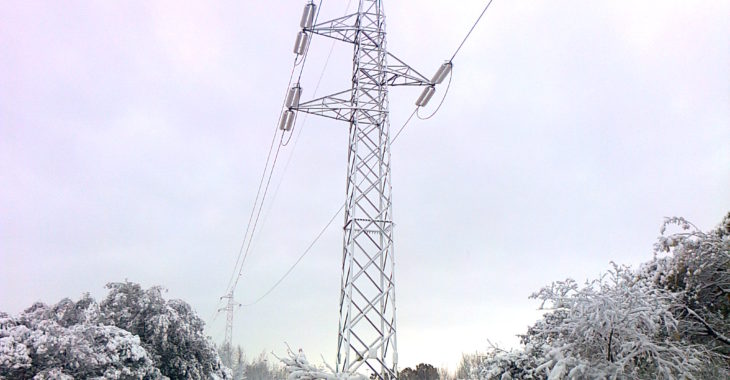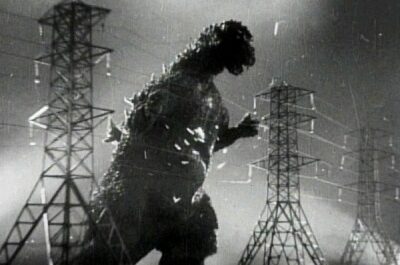A dicembre i consumi di energia elettrica italiani hanno mostrato ulteriori segnali di recupero rispetto ai mesi precedenti. Terna, la società che gestisce la rete elettrica nazionale ad alta e altissima tensione, ha rilevato una richiesta di energia elettrica pari a 25,9 miliardi di kWh, valore in crescita dell’1,1% rispetto a dicembre del 2019 e dello 0,3% rispetto a novembre 2020.
Le fonti rinnovabili hanno coperto il 32% del fabbisogno. Segnali incoraggianti anche dall’indice IMCEI: il campione dei consumi industriali monitorato da Terna ha registrato una variazione positiva a due cifre rispetto a dicembre 2019 (+11,4%) e, per il terzo mese consecutivo, anche a livello congiunturale su novembre 2020 (+0,4%).
Nel mese di dicembre 2020 la domanda di energia elettrica italiana è stata soddisfatta per l’87,3% con produzione nazionale e per la quota restante (12,7%) dal saldo dell’energia scambiata con l’estero. In dettaglio, la produzione nazionale netta (22,9 miliardi di kWh) è risultata in aumento dell’1,5% rispetto a dicembre del 2019. In crescita le fonti di produzione termica (+14%) geotermica (+3%). In flessione le fonti di produzione idrica (-23,1), eolica (-17,1%) e fotovoltaica (-16,2%).
A livello territoriale, la variazione di dicembre 2020 è risultata ovunque positiva: +0,8% al Nord e al Centro, e +1,9% al Sud e Isole.
L’indice IMCEI elaborato da Terna – che prende in esame e monitora in maniera diretta i consumi industriali di circa 530 clienti cosiddetti energivori connessi alla rete di trasmissione elettrica nazionale (grandi industrie dei settori ‘cemento, calce e gesso’, ‘siderurgia’, ‘chimica’, ‘meccanica’, ‘mezzi di trasporto’, ‘alimentari’, ‘cartaria’, ‘ceramica e vetraria’, ‘metalli non ferrosi’) – ha fatto registrare un variazione tendenziale positiva dell’11,4% rispetto a dicembre 2019. In particolar modo, la crescita è stata trainata dai comparti della siderurgia (+23,2%) e meccanica (+7%). Unico settore negativo quello dei materiali da costruzione (-2,1%). Analizzando separatamente i cosiddetti Clienti Puri (quelli che esclusivamente prelevano dalla rete) e gli autoproduttori, la variazione tendenziale mostra un aumento rispettivamente dell’11,1% e del 13,7%.
L’analisi dettagliata della domanda elettrica mensile provvisoria del 2020 è disponibile nella pubblicazione “Rapporto Mensile sul Sistema Elettrico”, consultabile alla voce “Sistema elettrico >> Dispacciamento >> Dati esercizio” del sito www.terna.it.
I dati in tempo reale sull’esercizio del sistema elettrico nazionale sono inoltre consultabili sull’app di Terna disponibili sui principali store.
Demand recovery is ongoing: 25.9 billion kWh, up even compared to November. Terna: in December electricity comsumption +1,1% in Italy. Double-digit increase in industrial consumption: the IMCEI index recorded a positive change of 11.4%, driven by the steel and engineering sectors – Rome, 11 January 2021 – In December, Italian electricity consumption showed further signs of recovery compared to previous months. Terna, the company that manages Italy’s high and extra-high-voltage electricity grid, recorded an electricity demand of 25.9 billion kWh, a figure up by 1.1% compared to December 2019 and by 0.3% compared to November 2020. Renewable sources covered 32% of demand. Encouraging signs also from the IMCEI index: the sample of industrial consumption monitored by Terna recorded a double-digit increase compared to December 2019 (+11.4%) and, for the third consecutive month, also at the economic level compared to November 2020 (+0.4%).
In December 2020, 87.3% of electricity demand in Italy was met by national production and the remainder (12.7%) by the balance of electricity exchanged with foreign countries. More specifically, the net national production (22.9 billion kWh) has increased by 1.5% compared to December 2019. Thermal (+14%) and geothermal energy production (+3%) grew. There was a decrease in photovoltaic (-16.2%), wind (-17.1%) and hydro (-23.1%) energy production.
December 2020 was positive across the country: +0.8% in the North and in Central Italy, and +1.9% in the South and on the Islands.
Terna’s IMCEI index – which directly examines and monitors the industrial consumption of about 530 large energy consumers connected to the Italian electricity transmission grid (large industries in the following sectors: cement, lime and gypsum, steel, chemical, engineering, transportation, food, paper, ceramics and glass and non-ferrous metals) – recorded a positive trend of 11.4% compared to December 2019. In particular, growth was driven by the steel (+23.2%) and engineering (+7%) sectors. The only sector that showed a negative trend was construction materials (-2.1%). Analysing separately the so-called Pure Customers (those who only withdraw from the grid) and the Self-producers, the annual change shows an increase respectively of 11.1% and 13.7%.
A detailed analysis of provisional 2020 monthly electricity demand is available in the publication “Monthly Report on the Electricity System”, under the section “Electric System >> Dispatching >> Operating Data” at www.terna.it.
Real-time data on the operation of the national electricity system can also be consulted on the Terna app available in the main app stores:
https://play.google.com/store/apps/details?id=it.terna.energia&hl=it
https://apps.apple.com/it/app/terna/id1458535498







